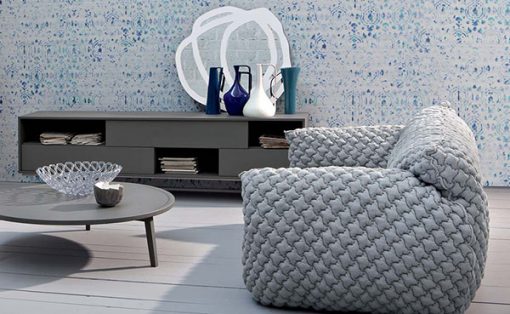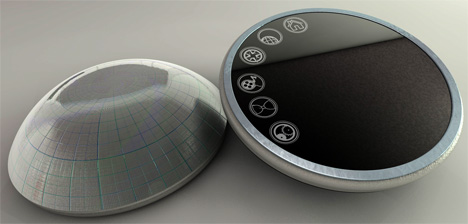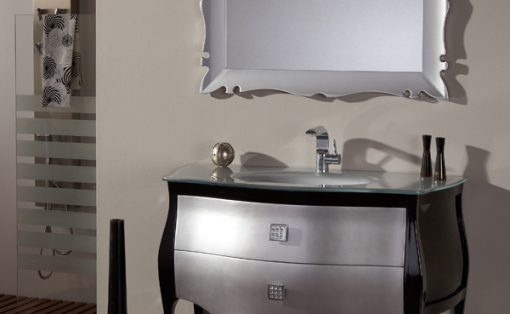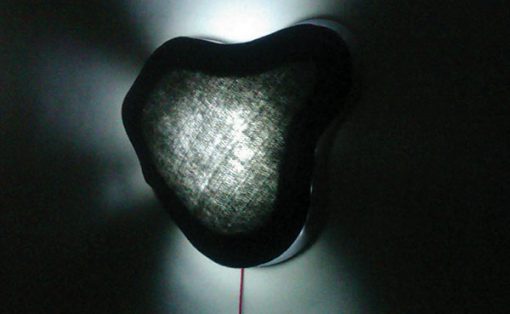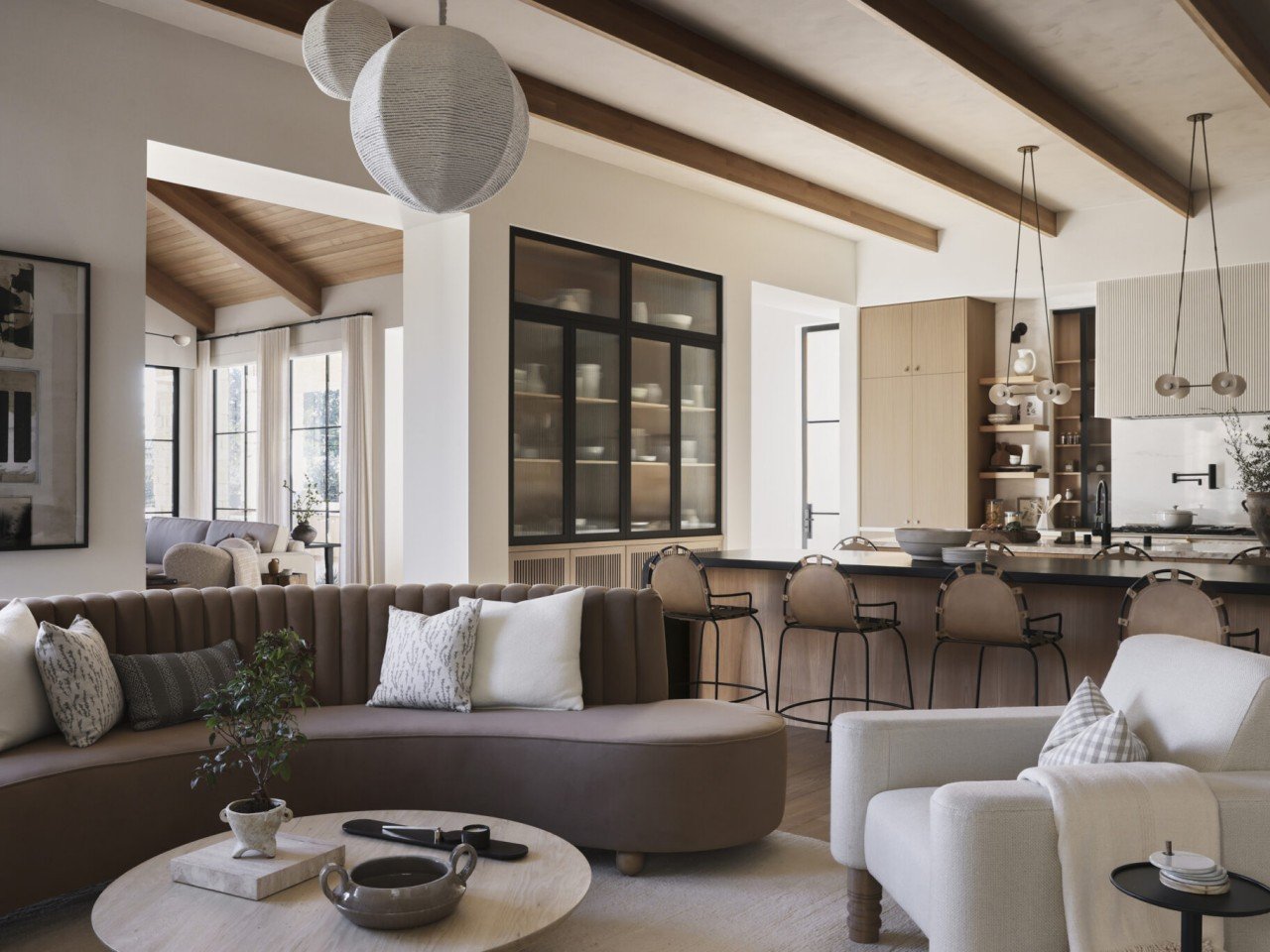
The 7 core elements of interior design include space, line, form, light, color, texture, and pattern. In interior design, each of these design elements combine together to create a cohesive and visually pleasing space and play an important role in influencing the decisions related to layout, furniture, lighting, and other design elements. When designing the interiors of any space, it is important to strike the right balance between each of the elements of interior design.
Designer: Lindye Galloway

1. Space

Designer: Lindye Galloway
Space is defined as the distance around and between adjacent pieces of furniture and it can be classified into positive space and negative space. Positive space indicates the position of the room’s objects such as bed, sofa, and armchairs, and negative space is defined as the gaps between the objects or the circulation space that helps you move around the room. Note that the open areas in a room contribute to a sense of spaciousness and prevent it from feeling cluttered. Achieving the right balance between positive and negative space is crucial. If the negative space is minimal, the interiors may feel claustrophobic and cluttered, whereas excessive negative space can result in the interiors feeling empty and under-furnished.

Designer: Louise Bradley
When beginning with the interiors, it’s essential to grasp the dimensions of the space. Also, it is important to establish the area of the space along with the height and width of the walls and the position of the doors and windows.
2. Lines
Lines form an important component of interior design and can be classified into horizontal, vertical, and angular lines. Additionally, lines can be strategically employed to guide the eyes in the direction they traverse.
• Horizontal Lines
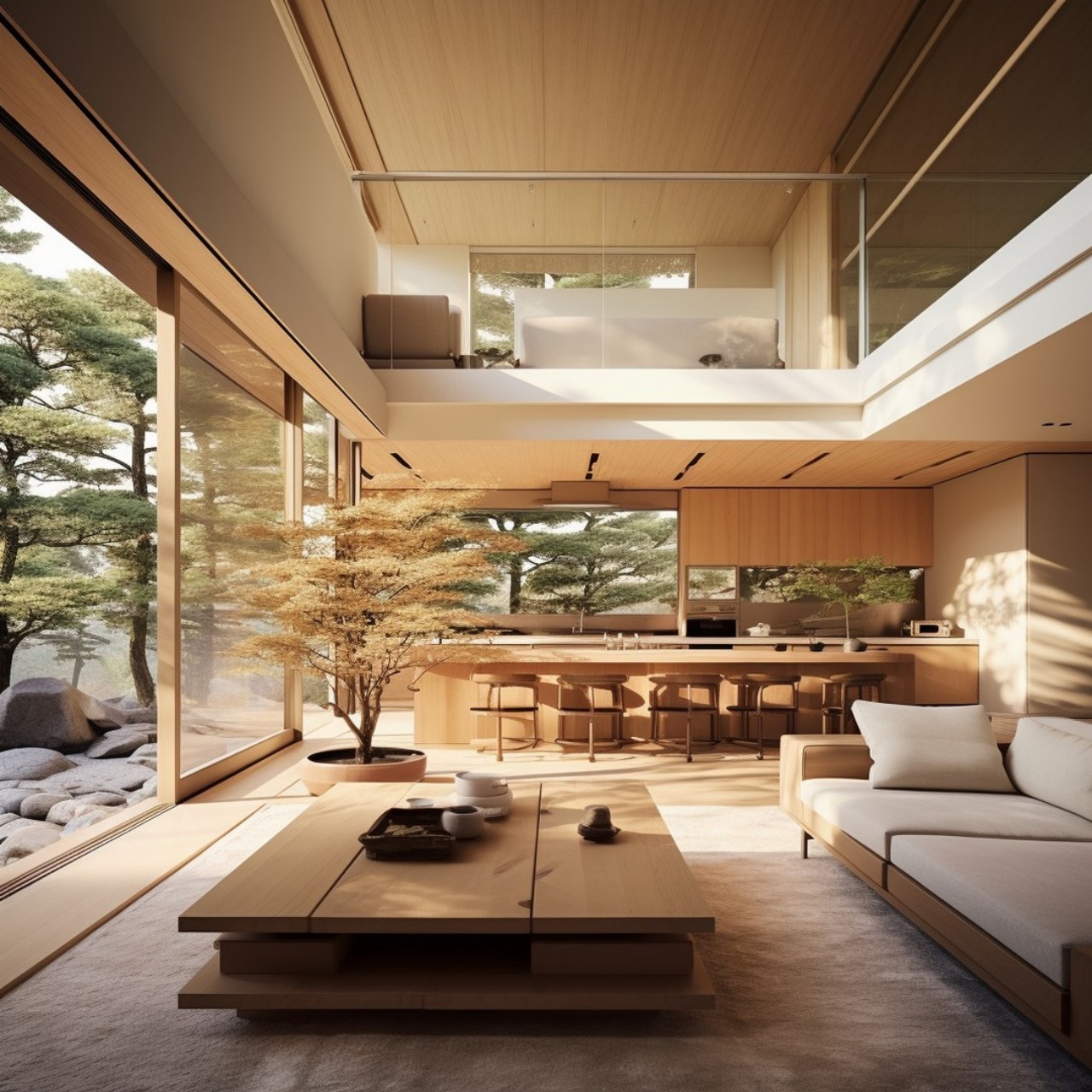
Image courtesy of: JapandiVibe
Horizontal lines are very common in interior design as they convey stability and calmness and make the space feel wider. These lines are found in furniture like sofas, tables, and beds, as well as architectural elements such as the skirting window sills, and low-platform beds to name a few.
• Vertical Lines
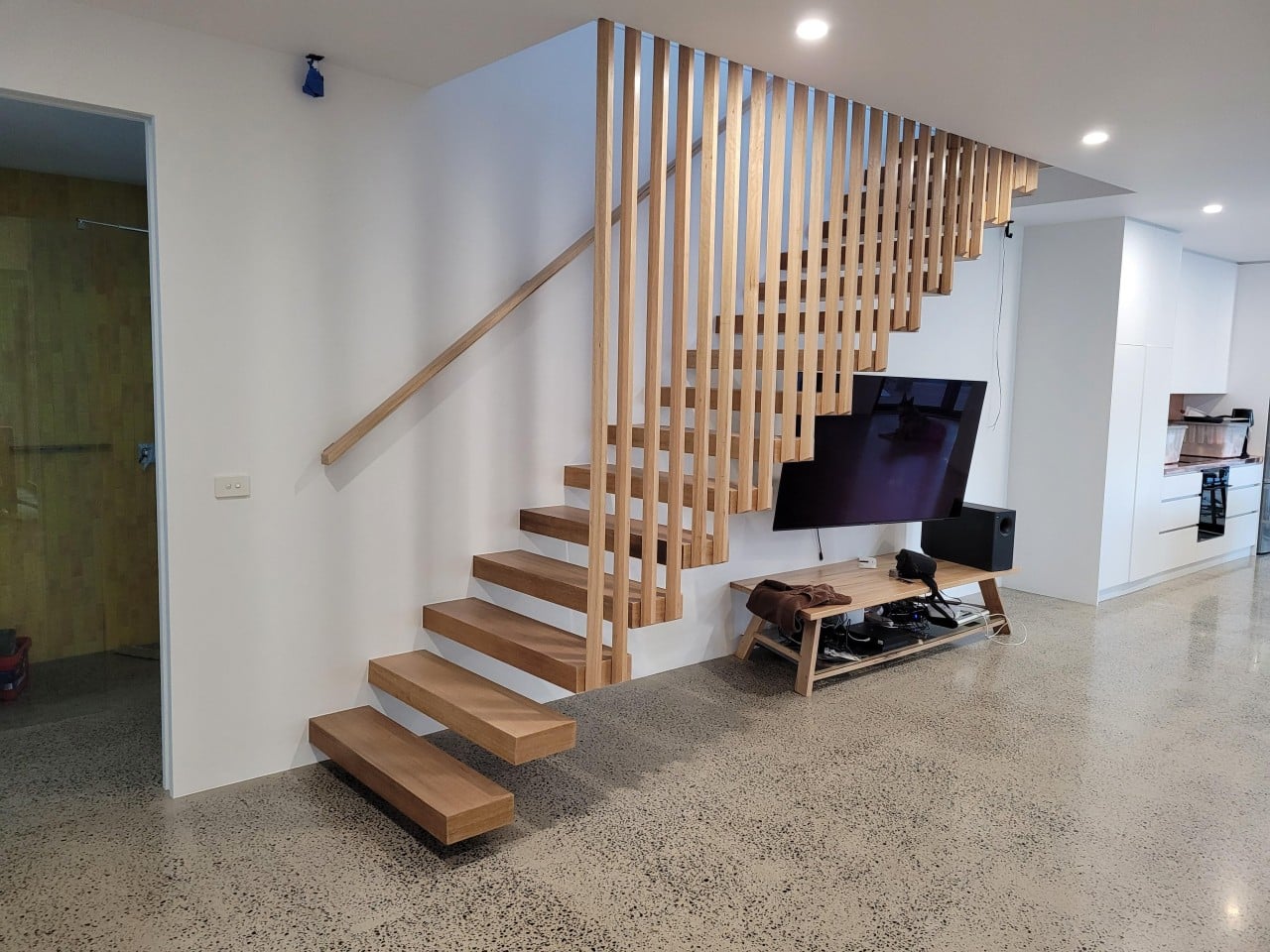
Designer: gmegus
Vertical lines are associated with height, strength, and authority, lending a sense of formality and imposing presence to a space. Architectural elements such as columns, doorways, and windows, as well as furniture like tall bookcases and floor lamps, often exhibit vertical lines as they draw the eyes upwards and create an illusion of height.
• Angular Lines
Dynamic lines are associated with movement, action, and energy and they can take the form of curves, diagonals, or zigzags and are often present in decorative elements such as patterned rugs, artwork, and accessories. These elements infuse the space with a sense of excitement and motion. For instance, diagonal and zigzag lines, such as tiles laid diagonally infuse a dynamic vibe into the interiors.
3. Form
Form is defined as the different types of shapes present in the room, such as furniture, artwork, and accessories. The shapes may include geometry with the presence of lines and angles. It could also encompass curvaceous pieces as well as irregular shapes.
• Geometric Forms
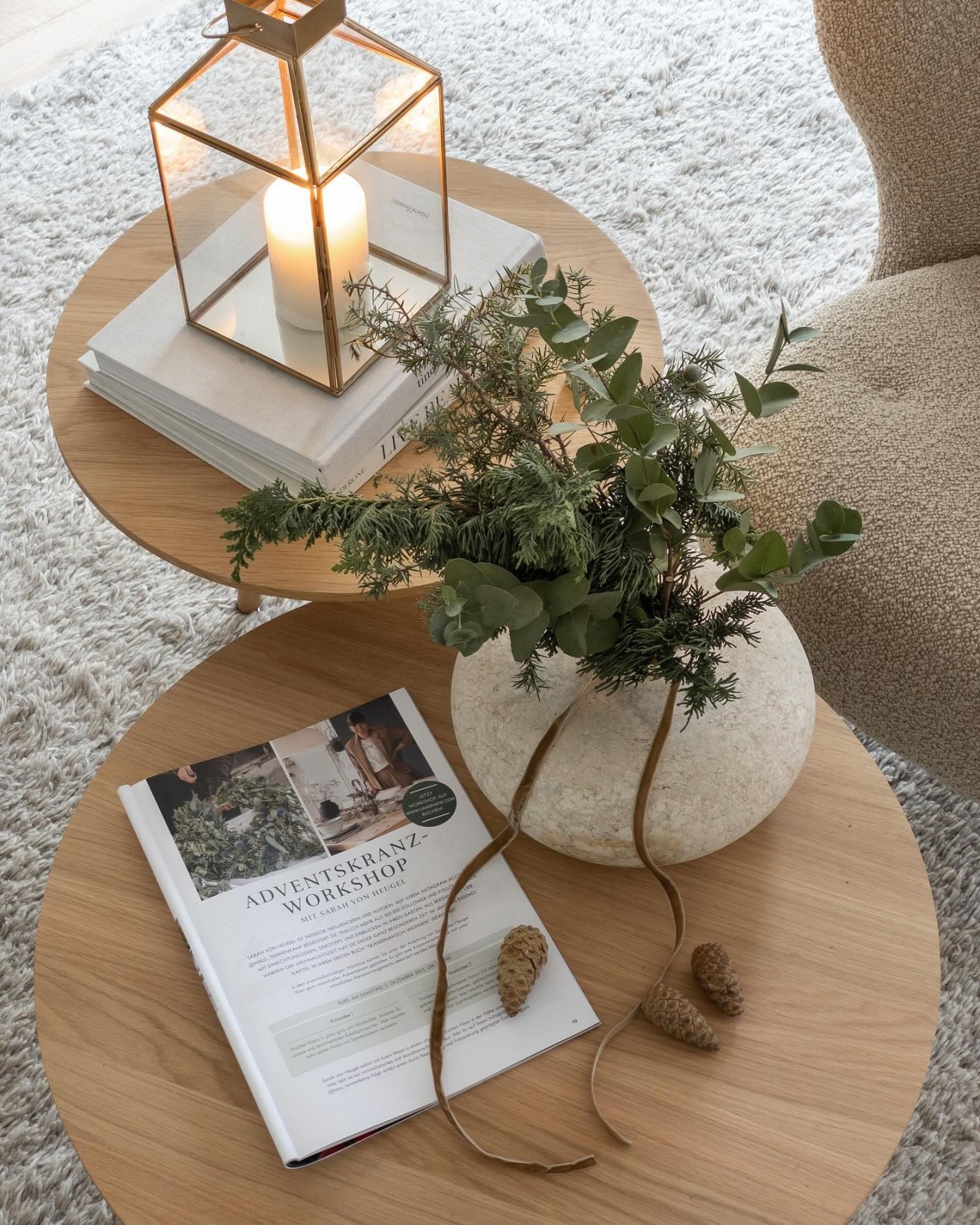
Designer: Sarah von Heugel
Geometric forms, like cubes, spheres, pyramids, and cylinders, bring order and symmetry to a space. These forms are found in the furniture like the tables and chairs alongside the decorative accents like vases and sculptures.
• Natural Forms
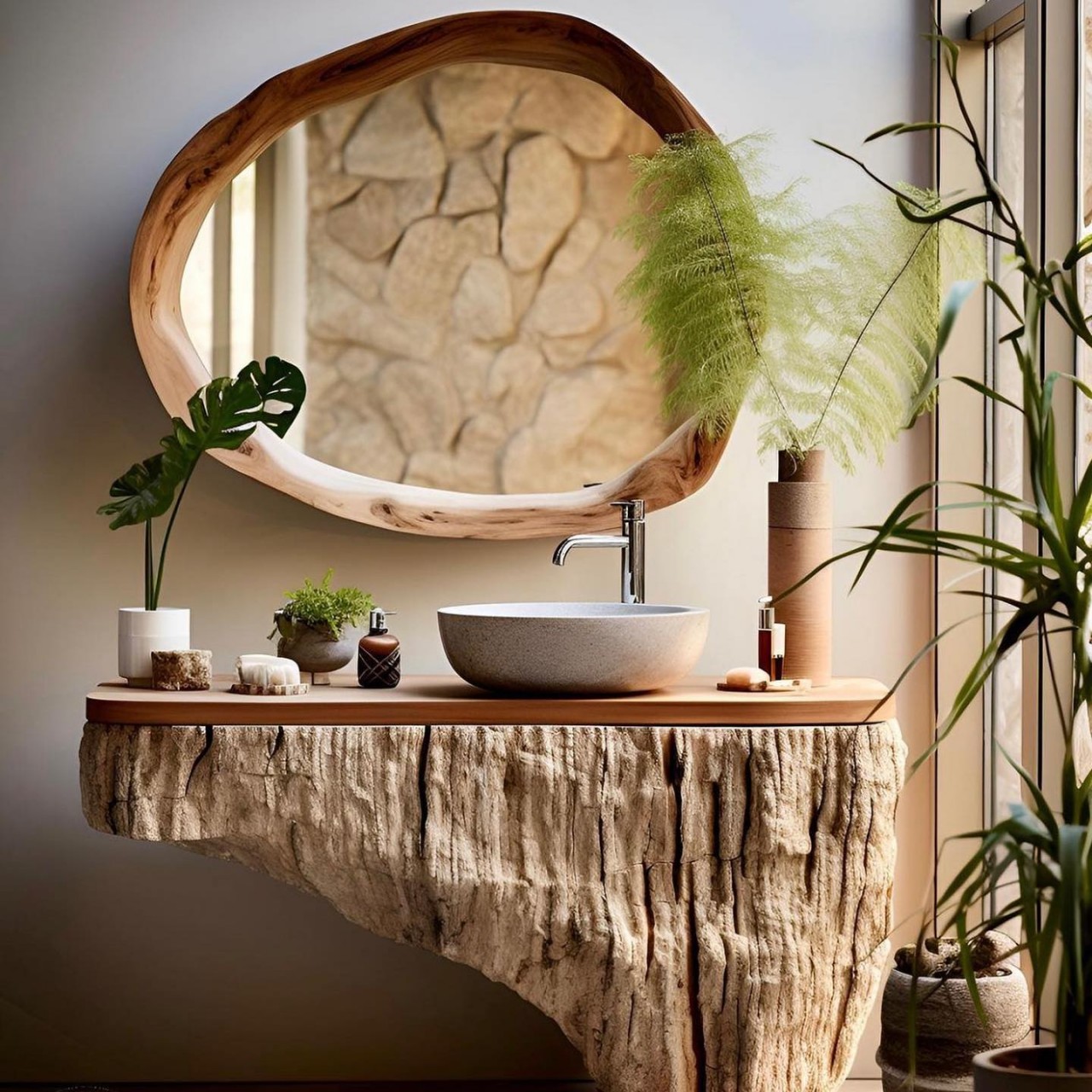
Designer: Ambre Donadio
Natural forms, irregular and asymmetrical, such as tree branches, rocks, flowers, and leaves, are associated with nature and fluidity brings an element of softness within the interiors. They can be introduced into space using materials like wood, stone, and plants.
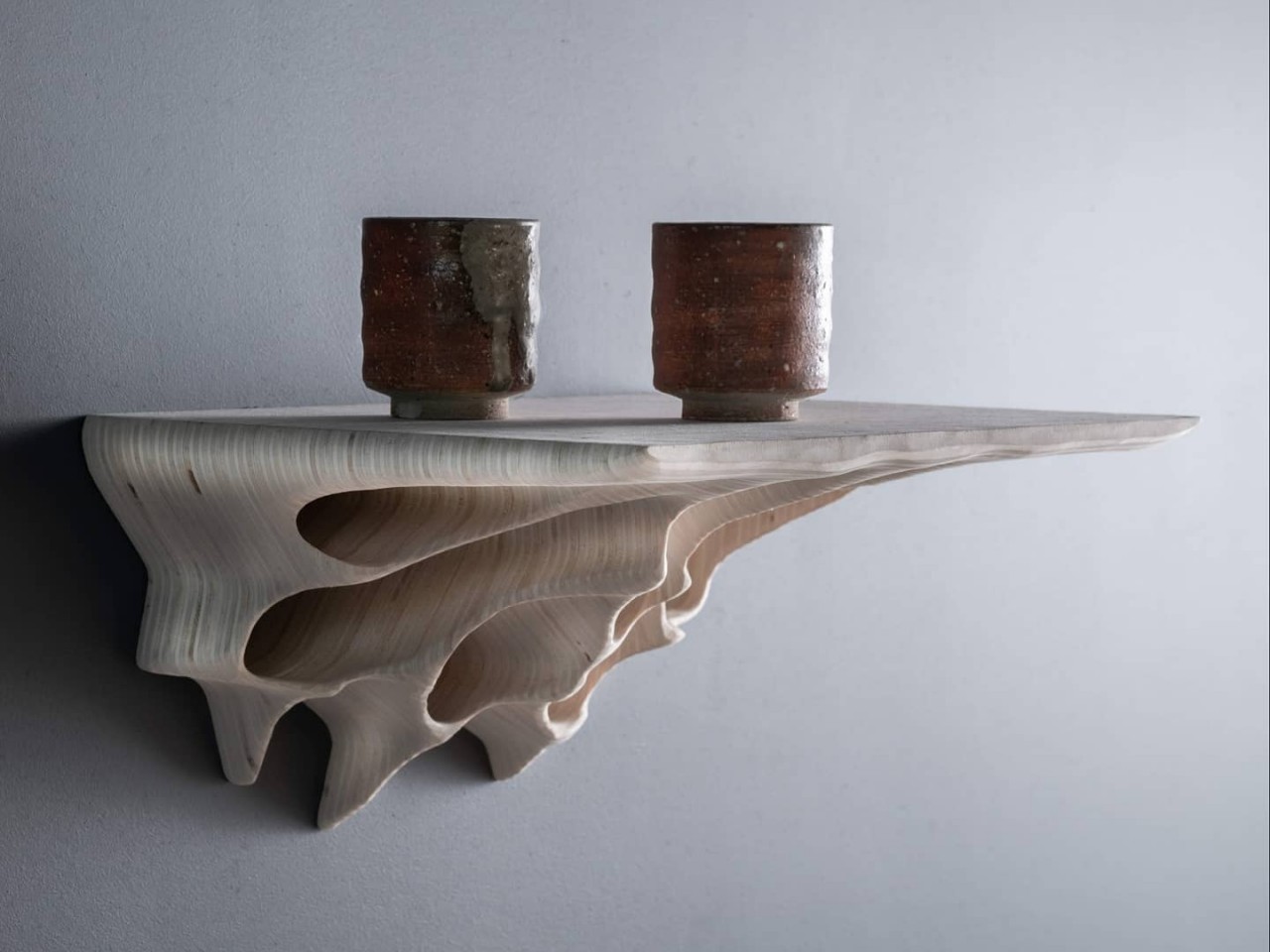
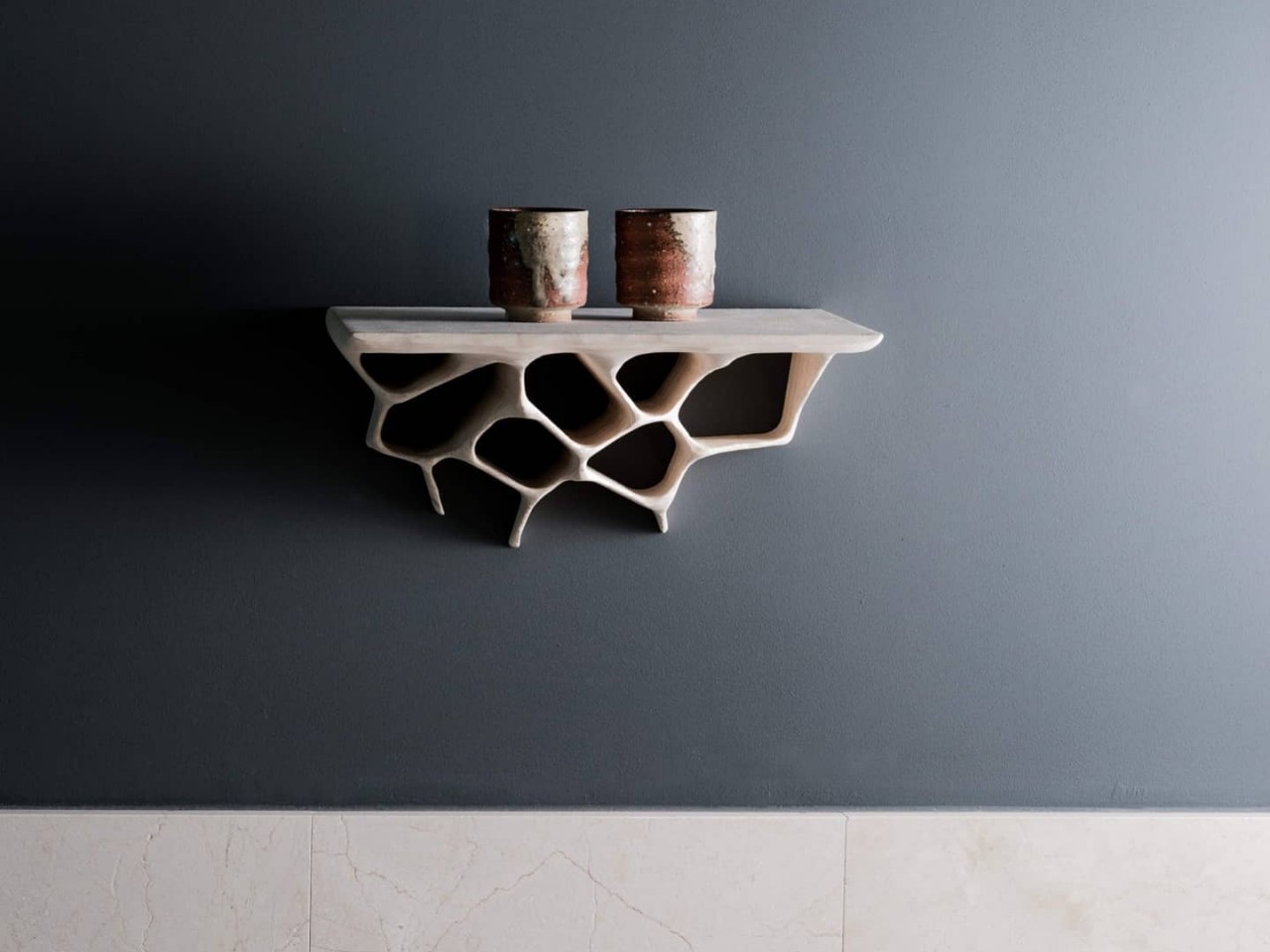
Designer: Cyryl Zakrzewski
4. Light

Designer: Lauren Nelson Design
The lighting scheme of any décor should be a combination of artificial and natural light illumination. We cannot control the quantity and quality of light coming in from the windows, but we can surely filter light via the windows’ drapery and coverings. Light can also be enhanced by reflections from mirrors when placed opposite to the windows. Artificial lighting can be broadly classified into ambient lights, task lights, and accent lighting that combine together to create a layered lighting scheme.
• Ambient Lighting
Ambient lighting contributes to the general lighting or the overall illumination in a space. The prominent ceiling and wall-mounted fixtures combine with natural light to take care of the illumination of the interiors.

Designer: Duriya Bhaiji
• Task Lighting
Task lighting is specifically crafted with a particular activity in mind, such as a desk lamp for studying or bright lights essential for cooking in a kitchen.
• Accent Lighting
Accent lighting is strategically used to highlight a particular area of a room or draw attention to a specific object, such as a piece of art. An accent light may also take the form of a chandelier, a bracket light, or a distinctive statement lamp.

Designer: Lightcore
5. Color
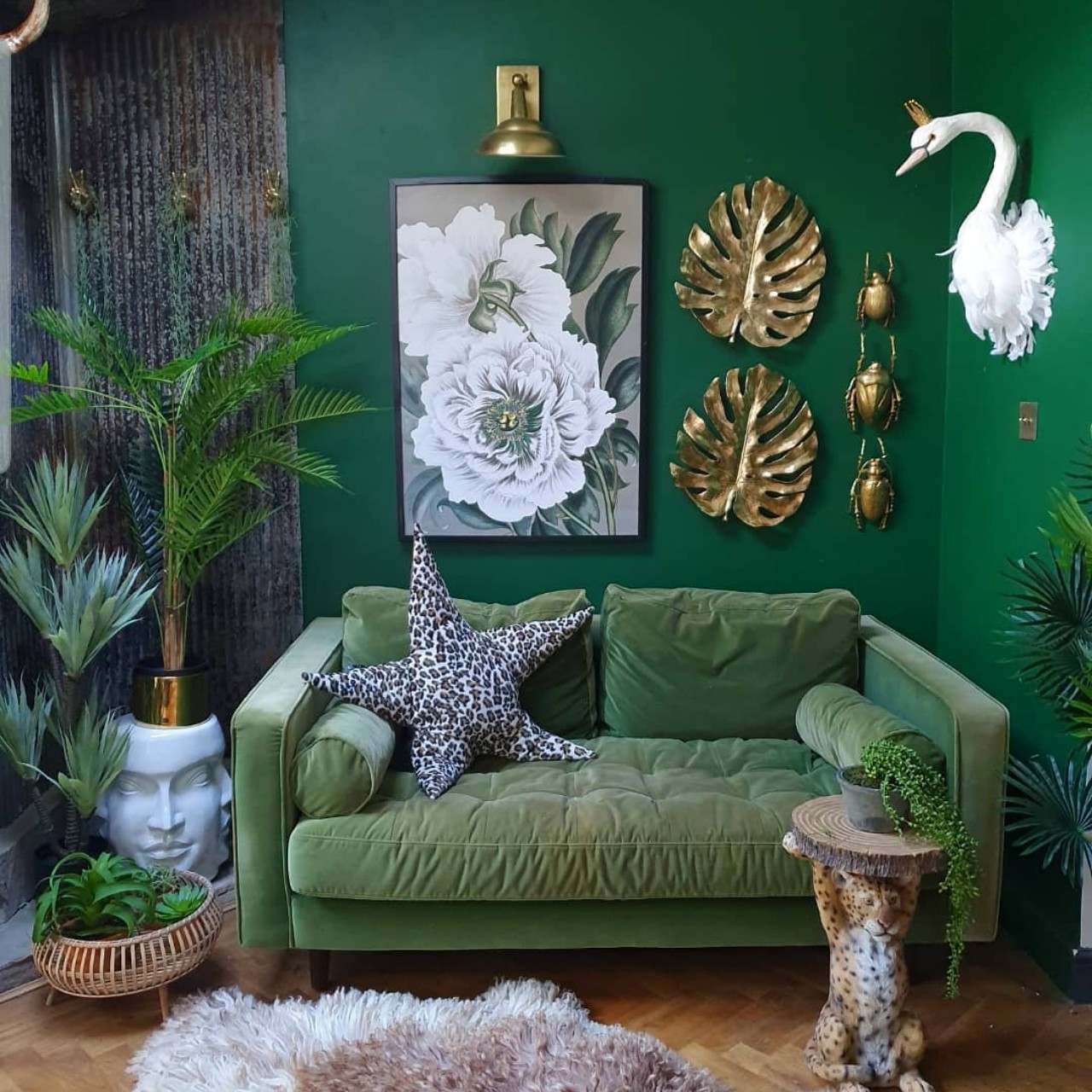
Designer: Shelley Carline
Color plays a crucial role in interior design, influencing the overall mood of a room. Various color shades can be strategically employed to create a sense of spaciousness, enhance brightness, or evoke coziness. It’s advisable to choose calming hues for bedrooms and vibrant tones for children’s rooms or home offices. Additionally, colors may appear differently under natural and artificial lighting conditions.
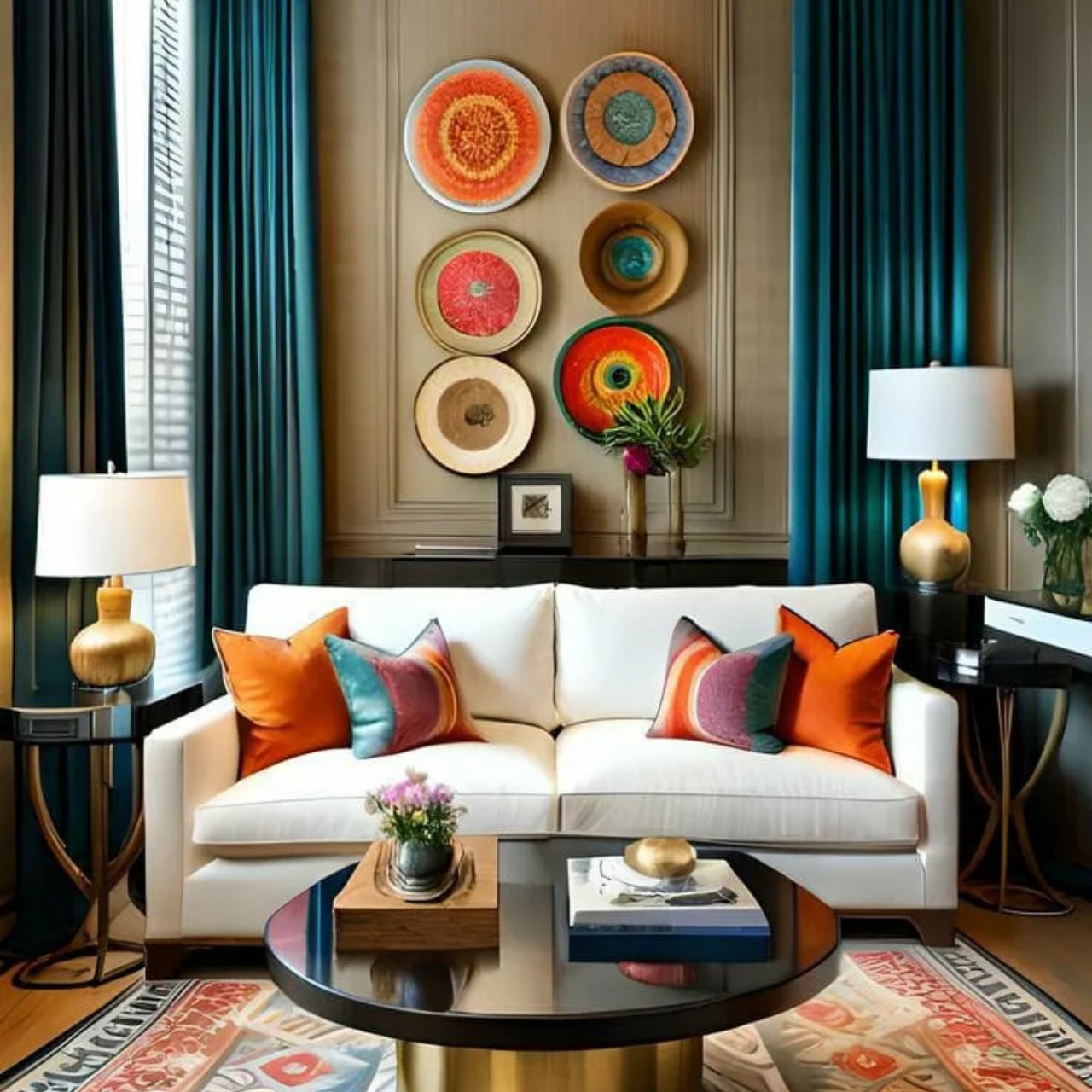
Image courtesy of: Mohsen Masood
When deciding the color scheme of the interiors note that it is important to assess the size of the interiors, as brighter and pastel hues are better for smaller spaces, while darker tones are better for larger areas. Additionally, warm colors, such as oranges and yellows, create a cozy and inviting atmosphere while cool colors like blues and greens have a calming effect.
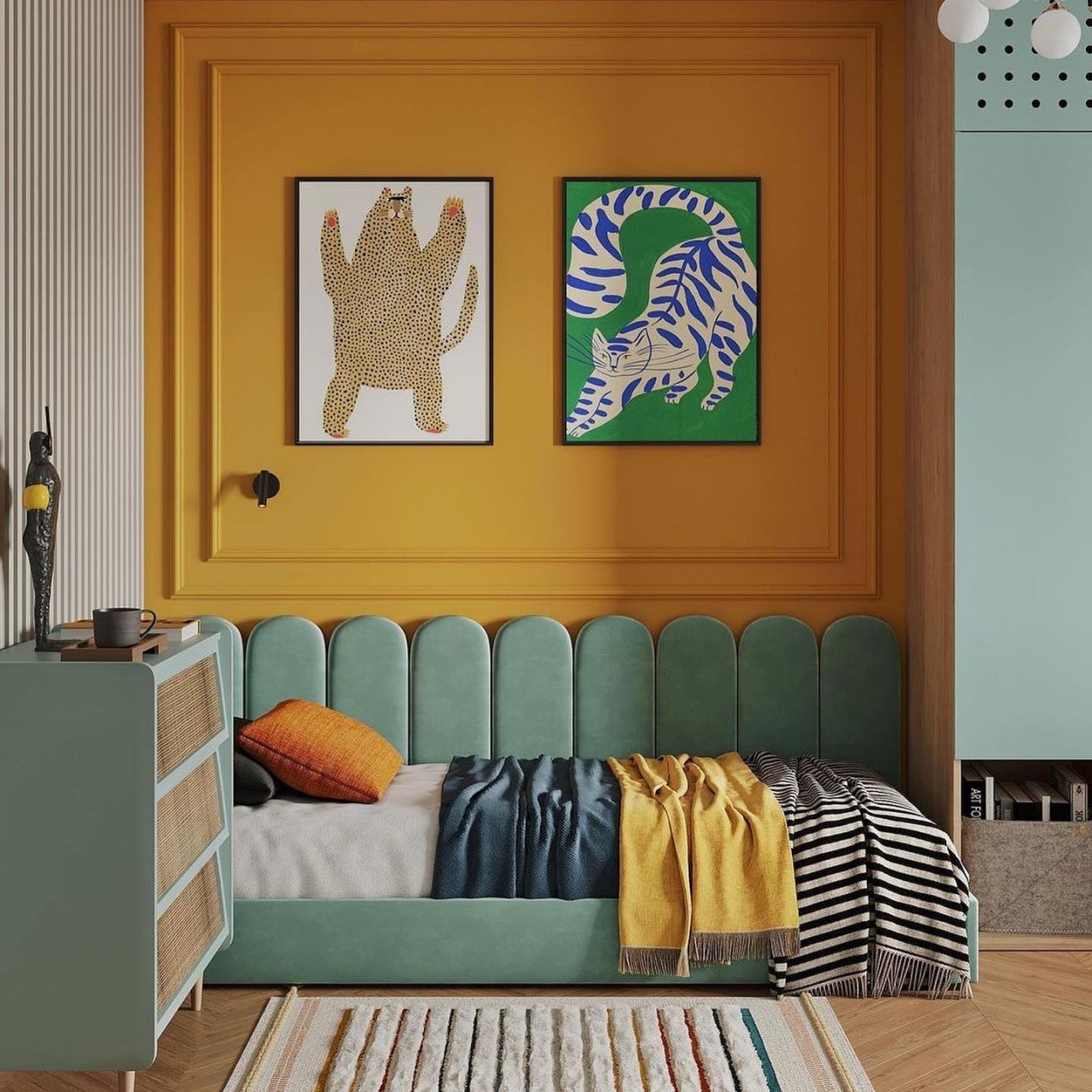
Designer: Yana Sergunina
6. Texture
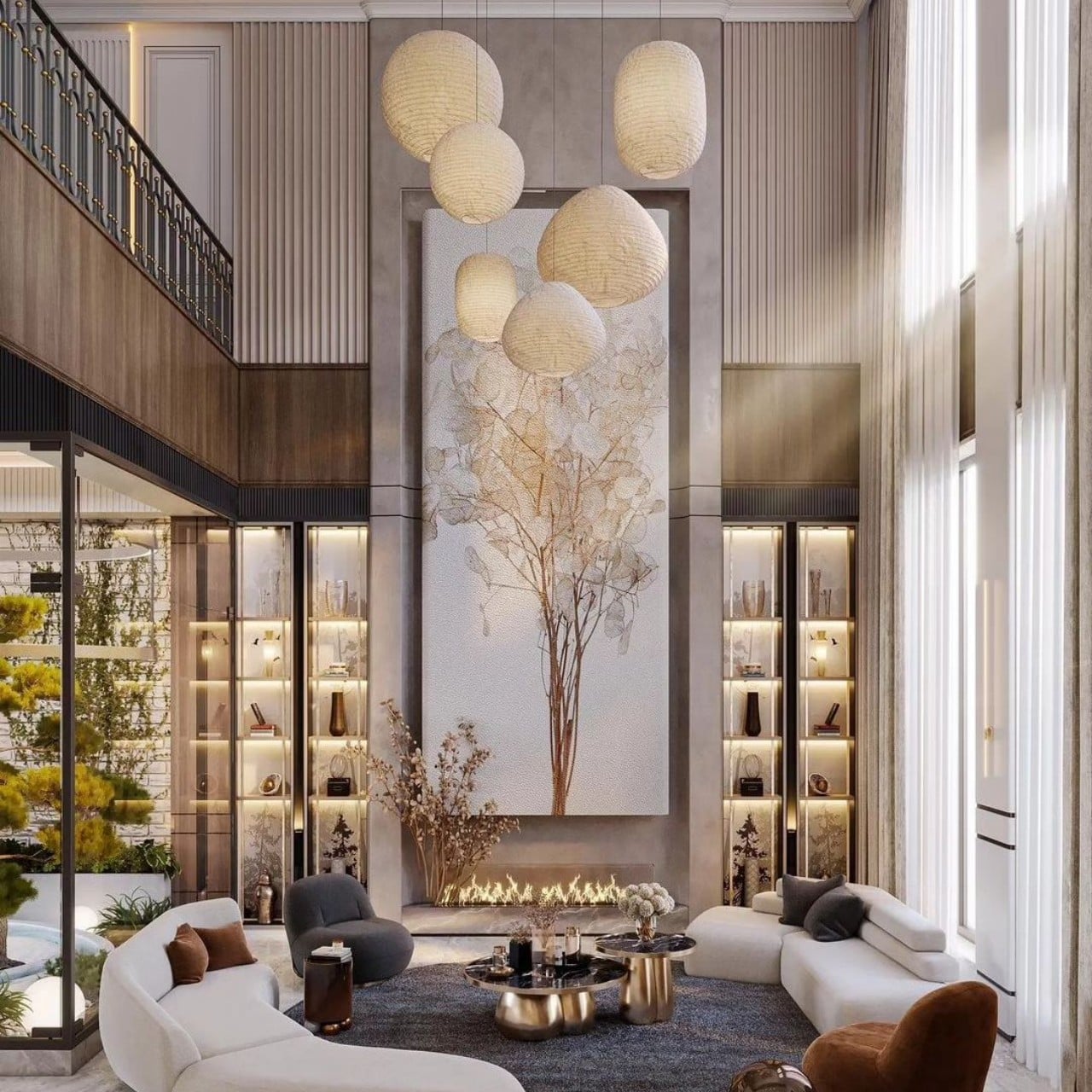
Designer: Space90 Studio
Texture also plays a significant role in interior décor. From upholstery to carpets and even textured walls, every object placed in the room contributes to the overall texture of the space. Introducing a mix of textures enhances depth and dimension in the décor. The walls, upholstery, and flooring can significantly contribute to the texture of the space, serving the purpose of creating the illusion of depth in the overall interiors.
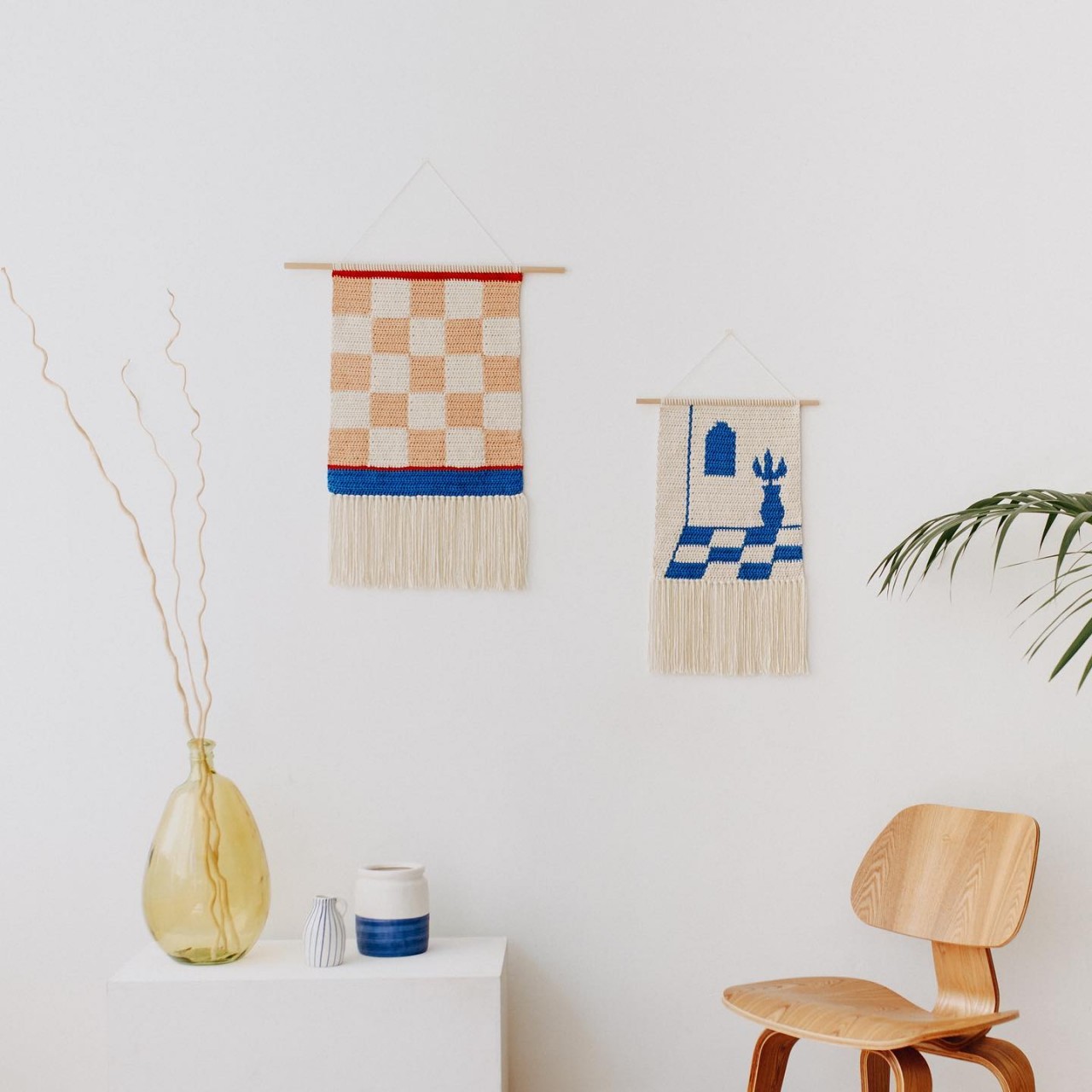
Designer: Flor Samoilenco
Techniques like brushing, combing, spatula, and dapple can be used to add textured paint to an accent wall. You can also opt for metallic paints or contrasting finishes, such as matte and glossy, which can enhance the visual appeal.
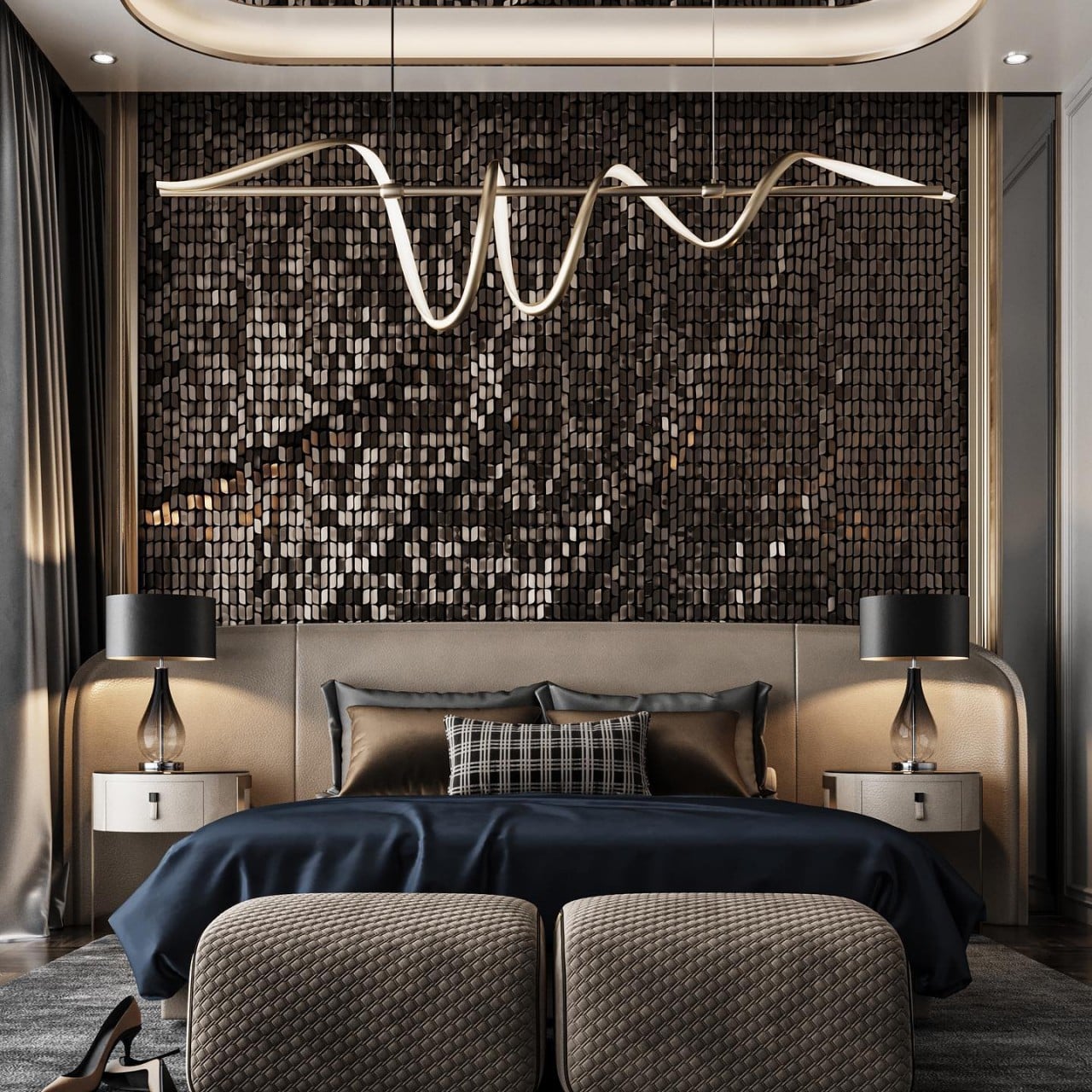
Designer: Base9 Studio
7. Pattern
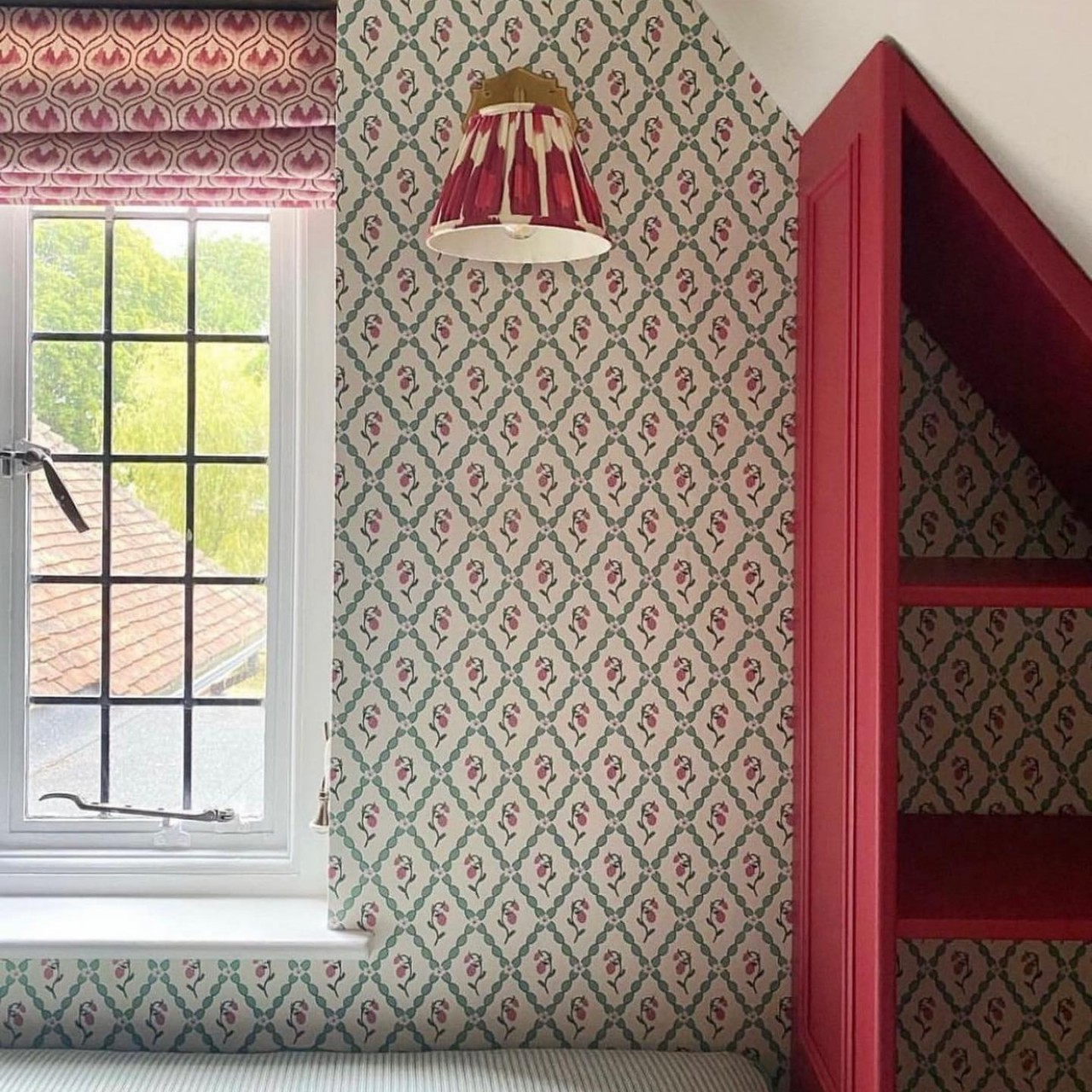
Designer: Fiona Parke
Patterns also contribute a great deal of interest to interior décor and can be incorporated into various elements such as rugs, wallpaper, walls, paint, curtains, upholstery, and cushions. The different types of patterns include floral, geometric, and abstract, which can enhance the overall aesthetics of the interiors. In interior design, patterns are employed to inject vitality and a sense of playfulness into a space. Nowadays, a wide range of patterns can be found in everything from wooden floors, ceramic tiles, and organic vein patterns of natural stone to wallpapers.
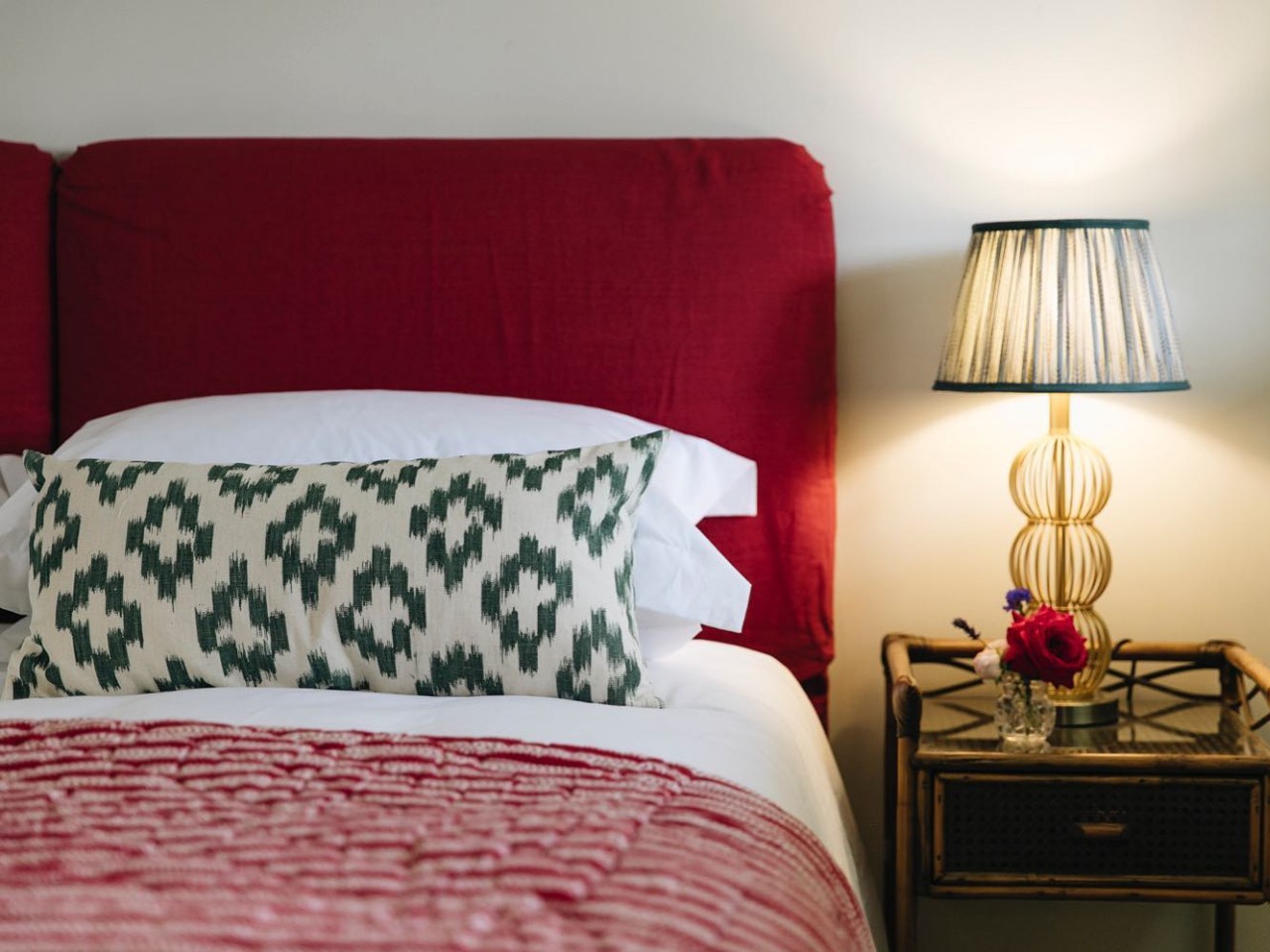
Designer: The Mews-Fabrics & Furnishings
Interior design elements are crucial for creating an aesthetically pleasing and functional living space, each contributing to a cohesive and balanced environment reflecting your personality. For instance, color influences mood, and texture adds depth to a room. Understanding and effectively using these elements can transform a dull space into a stylish and welcoming home. Various factors, including the space’s purpose, user preferences, architectural style, budget, lighting design, materials, and color choices also play a significant role in successfully achieving the desired look of the interiors.



